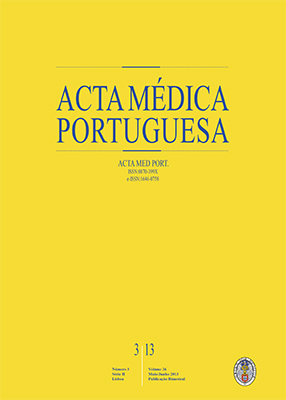An Unusual Variety of the Extensor Digiti Muscles: Report with Notes on Repetition Strain Injuries
DOI:
https://doi.org/10.20344/amp.4259Abstract
In over 500 human cadaveric dissections of arms and forearms, performed to the present date, we find frequent anatomical variations, corresponding to classic descriptions. Last year, we found a singular anatomic variation of the extensor muscles of the forearm, which seems previously undescribed. It is our strong belief that gross anatomy studies, and gross dissection should be updated and reintroduced in modern anatomical studies, for teaching, research, or surgical training purposes. We detected a peculiar anatomical variant of the Superficial Extensor Digiti Muscles in the forearm of a human 73 year old male Caucasian cadaver. We clearly identified a thick bundle of muscular fibres, connecting the main muscular shafts of the Extensor Digiti Minimi, and the Extensor Digitorum Communis Muscles, in a perfectly defined muscular expansion, bridging obliquely downwards and outwards, between the two main muscular shafts. In our series, this is the first occurrence of such anatomical disposition. Anatomical variations of the extensor tendons to the fingers are frequently detected in the wrist, hand and fingers compartments. The careful analysis of the variants of muscular shafts in the forearm compartment, as commonly reported in the earliest anatomical descriptions will bring renewed light to the functional assessment of the extensor mechanism of the human fingers. In this sense, we reviewed the oldest anatomical descriptions, from the 16th century to the present date.Downloads
Downloads
Published
How to Cite
Issue
Section
License
All the articles published in the AMP are open access and comply with the requirements of funding agencies or academic institutions. The AMP is governed by the terms of the Creative Commons ‘Attribution – Non-Commercial Use - (CC-BY-NC)’ license, regarding the use by third parties.
It is the author’s responsibility to obtain approval for the reproduction of figures, tables, etc. from other publications.
Upon acceptance of an article for publication, the authors will be asked to complete the ICMJE “Copyright Liability and Copyright Sharing Statement “(http://www.actamedicaportuguesa.com/info/AMP-NormasPublicacao.pdf) and the “Declaration of Potential Conflicts of Interest” (http:// www.icmje.org/conflicts-of-interest). An e-mail will be sent to the corresponding author to acknowledge receipt of the manuscript.
After publication, the authors are authorised to make their articles available in repositories of their institutions of origin, as long as they always mention where they were published and according to the Creative Commons license.









